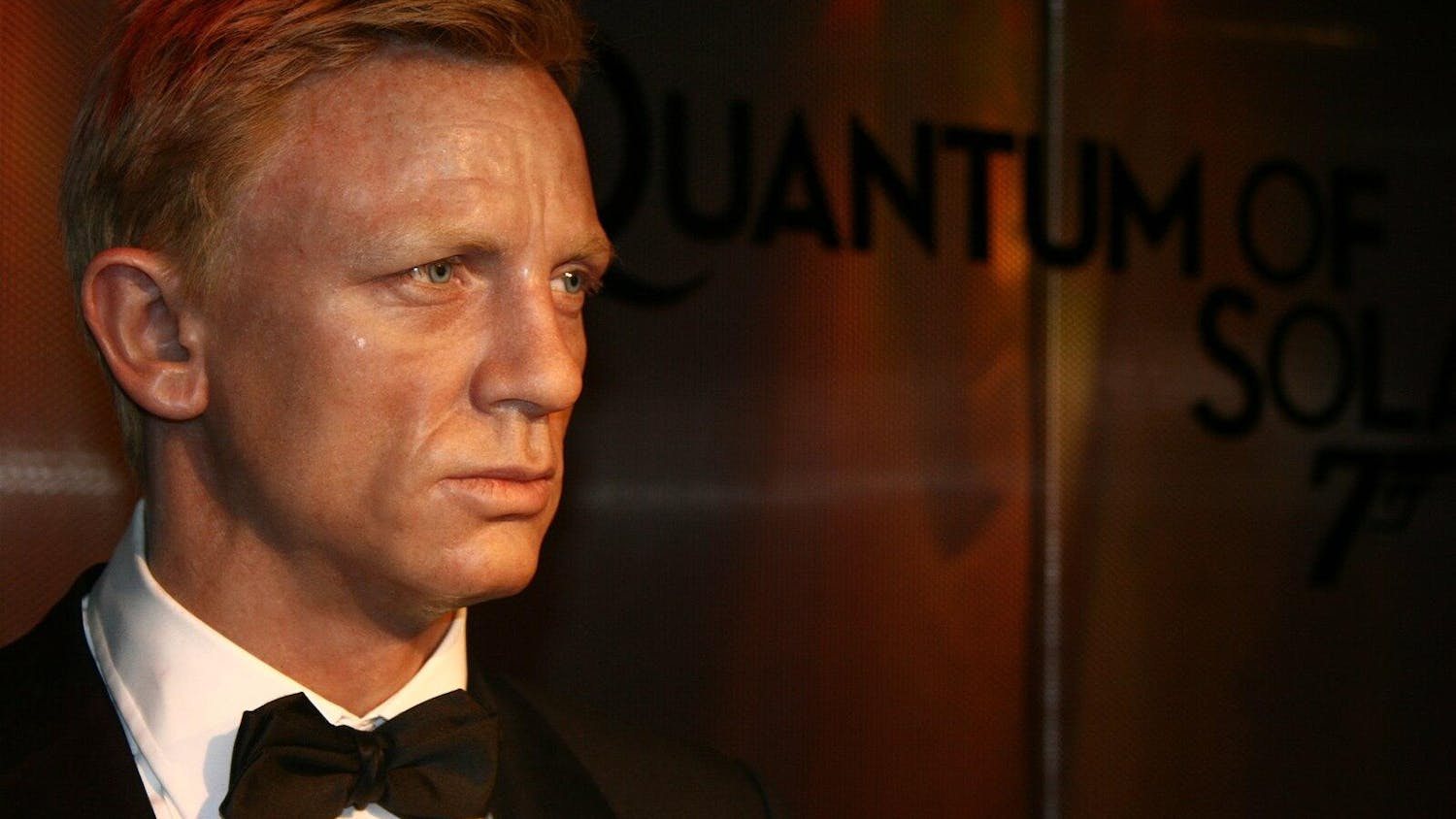For several years, Netflix original “The Crown” (2016–) has attracted plenty of attention, thanks in part to showrunner Peter Morgan’s innovative casting methods (replacing principal cast members every couple of years so he can plow through decades of aging in just six seasons), or perhaps the show’s lifted-from-the-British-tabloids appeal. The events of the show’s first three seasons, which saw Claire Foy, and later, Olivia Colman, step into the twinset and pearls of the United Kingdom’s still-reigning monarch, may have been somewhat unfamiliar to those watching all the way across the pond. Within the first few minutes of season 4, however, we meet the character that will turn “The Crown” from series to blockbuster: Princess Diana.
In episode 1, newcomer Emma Corrin twirls her way on screen in a “A Midsummer Night’s Dream” costume as Diana, shyly capturing our hearts (if not really the heart of the bumbling, Camilla-smitten Prince Charles (Josh O’Connor)), and absolutely stealing the show. Throughout the season, she garners adoring fans from Australia to New York, and manages to irritate each and every member of the royal family. And who’s to blame them?
After watching this season of “The Crown'' –– which comes replete with the Diana-Charles-Camilla triangle, a very public performance of Billy Joel’s “Uptown Girl" (1983), and painstaking costume design by Amy Roberts that captures Princess Di’s iconic style in all of its 70s and 80s glory –– it’s hard to imagine ever being satisfied with episode after episode of old British people reminding each other to “keep a stiff upper lip.” Actually, after a 10-episode binge of the newest season of “The Crown,” it’s hard to remember why this family and its archaic, ceremonial world haven’t become obsolete.
That being said, this is the most fun “The Crown” has had since “Beryl,” the season 2 episode that charted the beginnings of Princess Margaret’s ill-fated romance with charming photographer Antony Armstrong-Jones (Matthew Goode). In those early episodes, Princess Margaret — played then by Vanessa Kirby and now seen in her middle age as an acerbic, chain-smoking Helena Bonham-Carter — would hop on the back of Antony’s motorcycle, flying through the streets of London. It’s hard to imagine her sister, the queen, being quite so free.
And therein lies this season’s greatest irony: At the heart of all this grandeur of the palaces, the feasts and the general resplendency, there is a middle-aged woman in “outdoor shoes” who prefers horses to people. As endlessly fascinating characters — Diana, Princess Margaret, an intruder named Michael Fagan (Tom Brooke) whobreaks intoBuckingham Palace to sit at the foot of the queen’s bed — volley in and out of her orbit, the queen remains a simple woman who would like very much to be left alone to feed her corgis.
“The Crown” makes frequent use of these sweeping contrasts. This season, when not chronicling the miserable breakdown of Diana and Charles’ relationship, comes back to two figures, alike in age, gender and not much else: Queen Elizabeth II and brand-new Prime Minister Margaret Thatcher (Gillian Anderson). Thatcher’s ascendance to her new position causes a stir –– a female Prime Minister! –– but as history can tell us, many of Thatcher’s policies proved not only unpopular, but altogether devastating. Take, for instance, the austerity measures that drove Fagan to climb through the Buckingham Palace window in the first place in the show, demanding the queen "do something" about the ballooning rates of unemployment. But, as anyone who’s been watching “The Crown” since the Foy days can tell you, "something" is precisely what the queen does not do.
While Thatcher crafts policy, the queen is constitutionally barred from speaking out on her political opinion. When Thatcher panics over the disappearance of her favorite son, the queen is revealed to be completely disengaged, going so far as to schedule appointments with each of her children to determine her own favorite –– and, comically, requesting briefings beforehand on each child’s hobbies and interests. And when Corrin’s Diana shows up at the queen’s country estate, lonely, brokenhearted and in desperate need of a hug, the queen excuses herself to go feed the corgis. Again.






